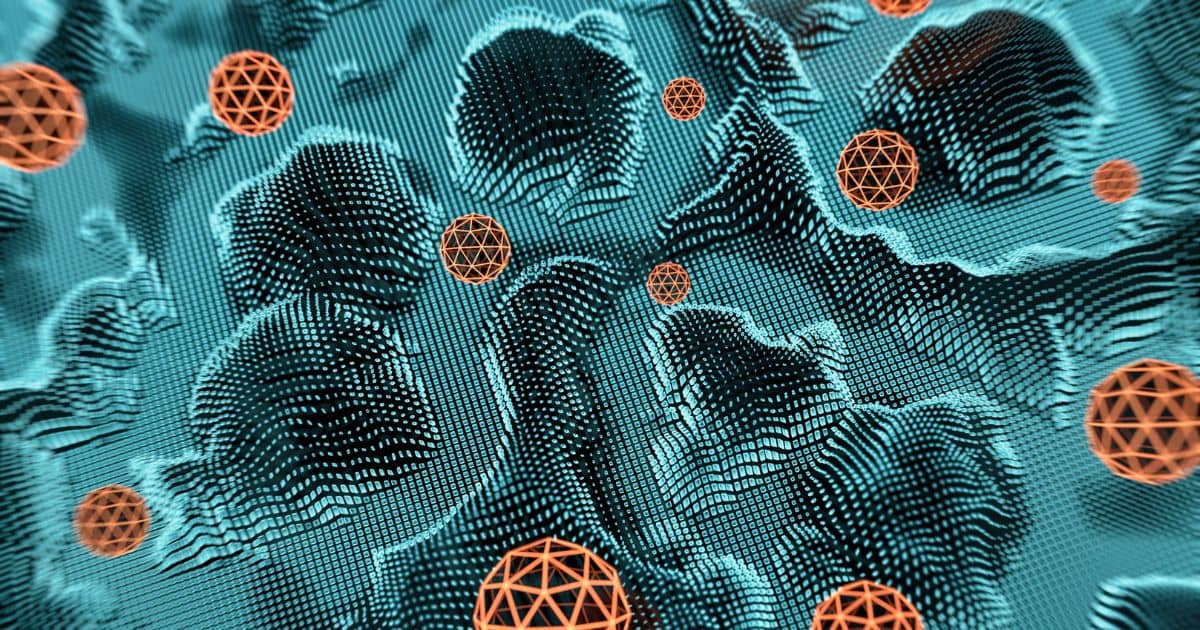Robust T-cell response is the primary result of a clinical trial involving a nanoparticle HIV vaccine candidate. The Phase 1 clinical trial aims to test both the safety and the immune response that the new medicine induces.
Major Step Towards Vaccine Development?
The results of the clinical trial have been published in the Science Translational Medicine journal. According to the publication, the nanoparticle vaccine is a major candidate for the development of effective and readily available HIV prevention that could be employed across the globe.
Researchers reported that a vigorous T-cell response was produced in almost all of the volunteers participating in the study.
According to Julie McElrath, co-senior author of the study, the T-cell response is a critical part of the prevention mechanism that helps for the development of broadly neutralising antibodies to target the human immunodeficiency virus.
Obviously, this is just the first step and a lot more clinical work will have to be completed before an actual HIV vaccine is developed. Researchers also believe that after the administration of the first dose, booster vaccines will also be required to produce the broadly neutralising antibodies capable of neutralising 90 per cent of HIV strains.
Key Findings
The randomised, double-blind and placebo controlled study explored the effectiveness of the nanoparticle vaccine when it’s administered in healthy volunteers. The first test group consisted of 48 individuals, split between vaccine and placebo groups. Participants were given either two doses of the vaccine or two placebo shots several weeks apart from each other.
Following the administration of the shots, the results were evaluated. Almost all of the individuals who received the vaccine demonstrated a vaccine-specific T-cell response.
Several other key components of the immune response were also activated, contributing to more enhanced results.
Why Is It So Difficult to Make a Reliable HIV Vaccine?
There are many challenges we need to overcome before an effective HIV vaccine starts being commercially manufactured.
HIV is often called the world’s most cunning virus because of its ability to “shape shift.”
Most vaccines provoke one and the same response from the human body. They induce the production of antibodies that can target and destroy the pathogen. Unfortunately, HIV can disguise itself and evade the immune response.
Even if the body produces antibodies, the virus is capable of changing quickly and still surviving. This is the reason why numerous vaccine candidates have failed during human clinical trials.
Early vaccine candidates worked by targeting the protein that encapsulates the viral genome. This mechanism proved to be ineffective. Later on, researchers started targeting other parts of the virus. The new approach involved inducing T-cells.
T-cells are the part of the immune system response for killing infected cells and destroying the pathogen alongside its host. HIV, however, can integrate itself in the genome of the host cell. When this happens, the T-cells do not recognise the virus and the mechanism employed to destroy pathogens is not triggered.
To present day, there have been over 250 HIV vaccine candidates. Most of them are still in the early stages of development while others have been established as ineffective. Getting a vaccine to work is the first part of the process. It will also need to establish itself as a safe option that doesn’t produce serious side effects upon administration.
PrEP Offers a Good Alternative to Vaccines
The good news is that while a vaccine hasn’t been developed yet, we do have an option to prevent HIV infections.
HIV pre-exposure prophylaxis (PrEP) and post-exposure prophylaxis (PEP) medications have been established as very effective when administered correctly among at-risk individuals. In fact, when taken in the right dosage and following a schedule, PrEP reduces the risk of contracting HIV by as much as 99 per cent.
PrEP is a medication that has to be taken before anticipated intercourse or potential viral exposure. As the name suggests, PEP is taken after the event. PrEP and PEP work by preventing the replication of the virus upon its entry into the body. The medications also act as catalysts that help the immune system produce the antibodies required to fully destroy the pathogen.
There are few groups of people that are excellent candidates for PrEP. These include those who have intercourse with an infected person, those who have multiple sexual partners and don’t always employ barrier contraception, people who have had another type of sexually transmitted disease in the past six months and drug users who share needles or equipment with others.
If any of these factors apply to you, consult a physician or visit a sexual health clinic in Singapore. Following a thorough consultation, you will get a recommendation that may involve HIV testing and getting started on HIV PrEP.
Keep in mind that PrEP is most effective in combination with other safe sex practices. Condom is still needed. While PrEP can significantly reduce the risk of contracting HIV, it doesn’t protect from other sexually transmitted diseases.
Contact Shim Clinic now or pay us a visit during working hours every day of the week to find out more about HIV prevention, PEP and PrEP. Letting us know more about your lifestyle and sexual history will help us determine what prevention and prophylactic methods are bound to give you the most reliable form of protection.

